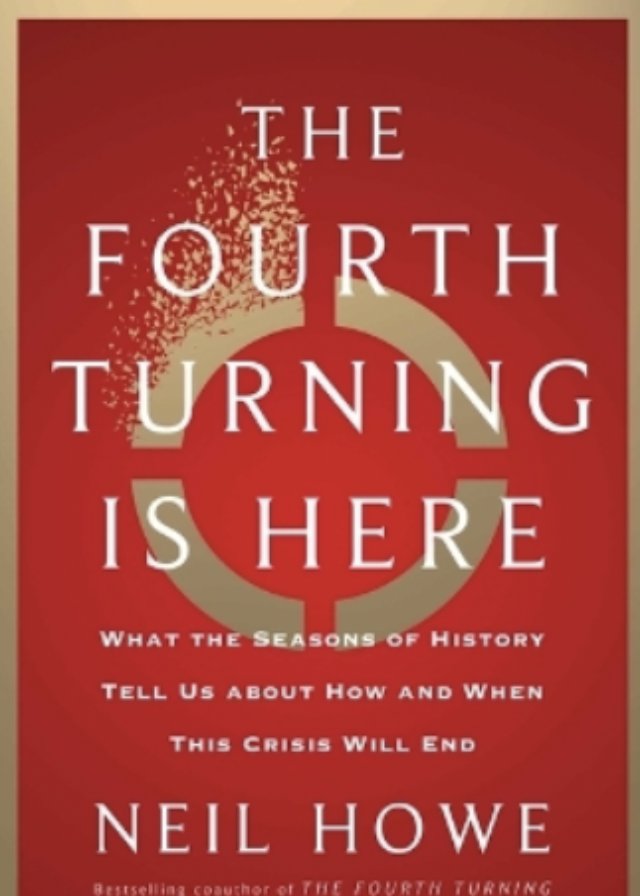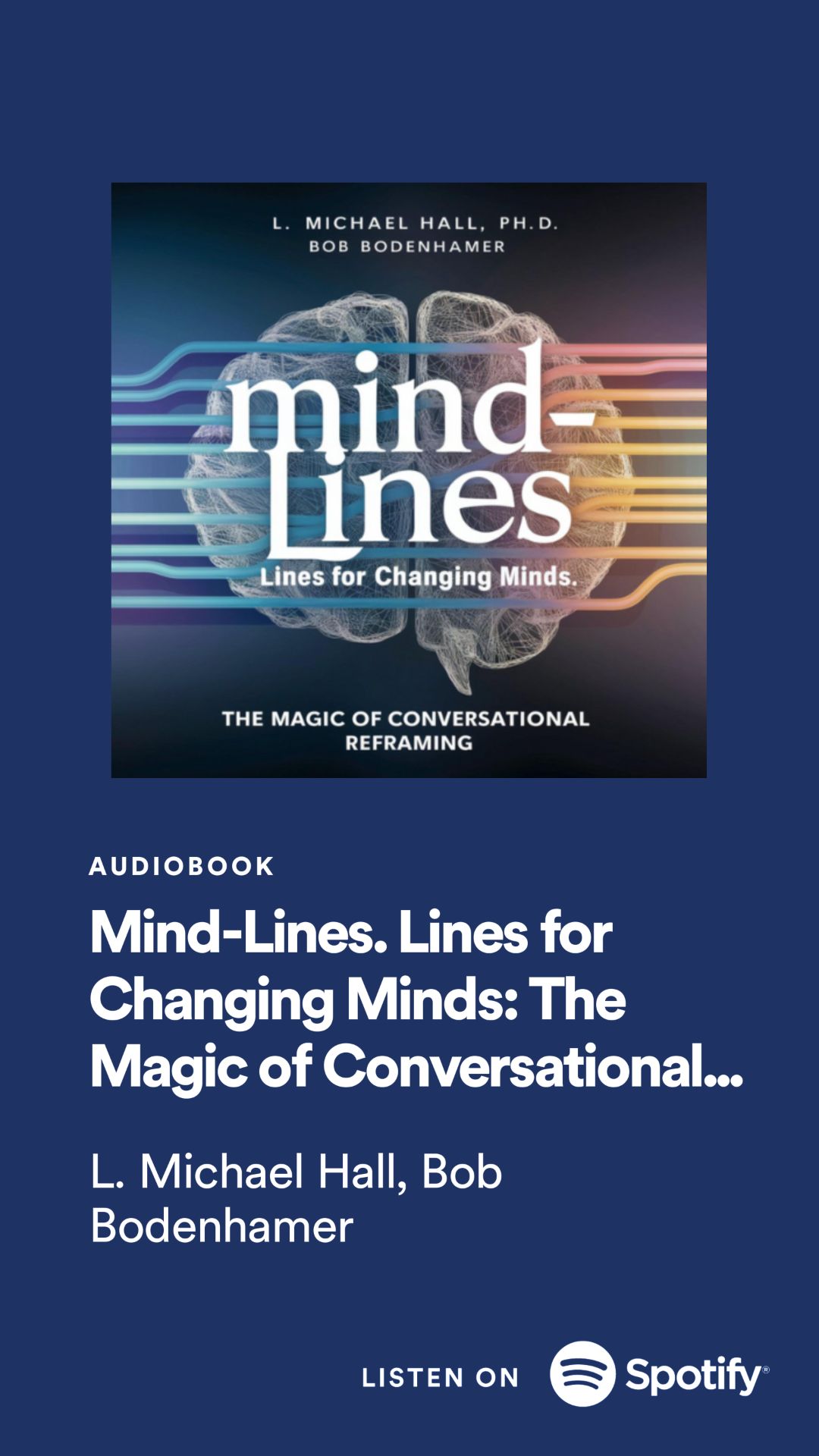In recent times, an undeniable sense of crisis has permeated American society, fueled by escalating polarization, economic disparity, and geopolitical tensions. Neil Howe's "The Fourth Turning Is Here" and Peter Turchin's "End Times" delve into generational analysis and Big Data, aiming to unravel the complexities of the present and foresee the path to resolution.
Generational Predictions: A Historical Odyssey
Howe, known for his influential work co-authored with William Strauss, explores the cyclical nature of societal evolution in "The Fourth Turning." According to Howe, we are currently in the "Crisis" stage of the Millennial Saeculum, a turning marked by upheaval and transformation. Each turning, akin to the seasons, gives rise to distinct generational archetypes – from the idealistic "Prophet" to the resilient "Hero."
Despite the precision Howe attributes to this model, critics argue its arbitrariness, pointing to anomalies such as the post-Civil War "High." Nonetheless, Howe envisions a post-crisis era of increased economic equality and cohesion, a vision that contrasts with the current turbulence.
Elite Overproduction: Turchin's Cliodynamic Lens
Peter Turchin takes a different route, relying on "cliodynamics," a Big Data analysis methodology. Turchin's focus is on "elite overproduction," a concept where an excess of individuals vying for power jeopardizes societal stability. This differs from Howe's generational lens, adding a layer of complexity to the analysis.

Turchin's "End Times" contends that elite overproduction has historically led to conflict and institutional disintegration. However, skepticism arises regarding the flexible definition of "elite" and the deterministic nature of elite agency, echoing past debates on social mobilization and rising middle classes.
The Road Ahead: Predicting America's Fate
Both Howe and Turchin share a common concern: the perilous state of American democracy. Their meta-historical frameworks, while offering glimpses of optimistic futures reminiscent of the 1950s or an Elizabeth Warren-led era, face skepticism. The challenge lies in the utility of such frameworks for short-term predictions, with both authors acknowledging the possibility of catastrophic outcomes or prolonged turmoil.
In essence, the choices presented by Howe and Turchin reflect divergent paths for America's future – a return to consensus and unity or a period of continued chaos and conflict. As consumers of their theories, we are left to ponder and make our predictions for the turbulent times that lie ahead.
In the quest to understand the present and forecast the future, "The Fourth Turning Is Here" and "End Times" offer divergent yet intertwined perspectives. Whether through generational cycles or elite overproduction, these works underscore the urgency of addressing societal issues.
As we navigate this fourth turning, the challenge is not merely deciphering historical patterns but actively participating in shaping a future that transcends crisis. The road ahead may be uncertain, but the insights gleaned from these works serve as invaluable guides in the ongoing journey towards societal transformation.














